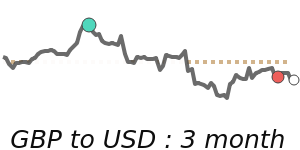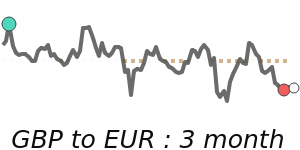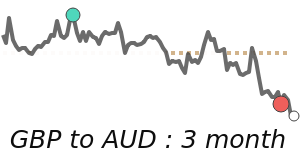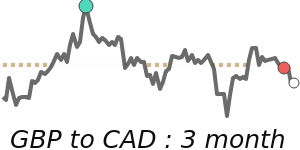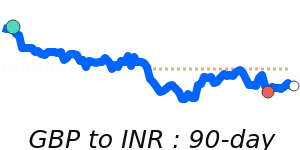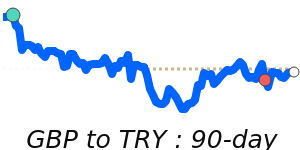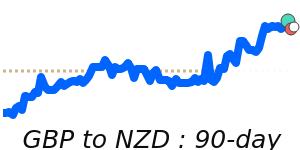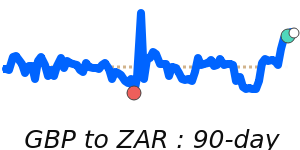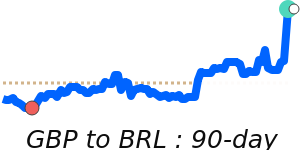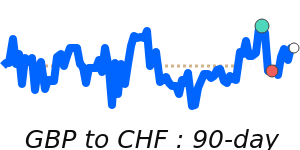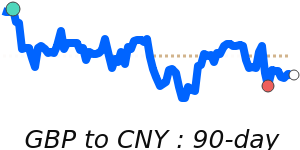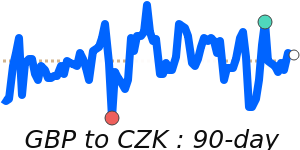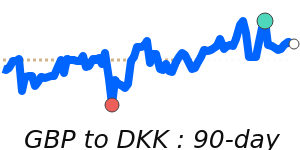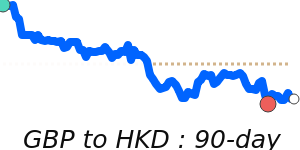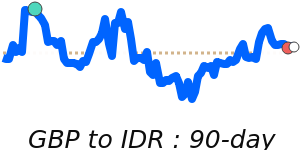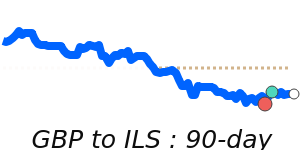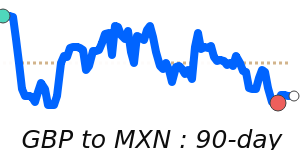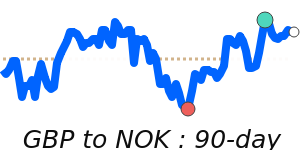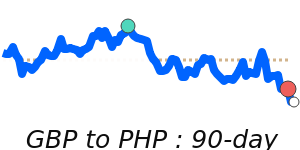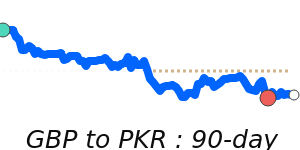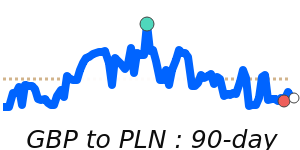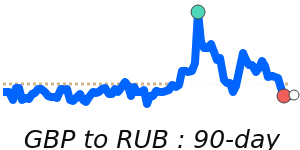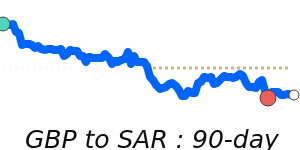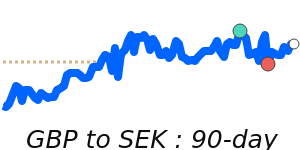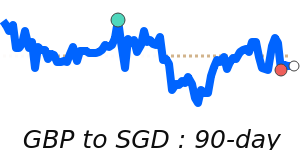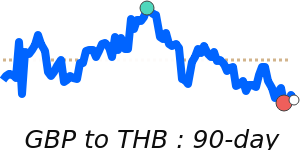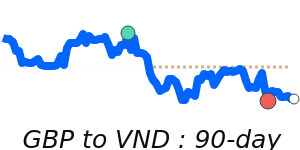The British Pound (GBP) has shown resilience recently, bolstered by hawkish signals from the Bank of England (BoE) following its most recent interest rate decision. While the BoE opted for a rate cut in December, reducing the policy rate to 4.75% from 5%, analysts noted that future policy adjustments may be more cautious, suggesting a potential slowdown in the pace of any subsequent cuts. This shift has imparted a positive sentiment towards the GBP.
Current economic indicators are also creating a supportive backdrop for the currency. Recent retail sales figures are anticipated to provide further momentum if they reflect the expected rebound in consumer spending. In addition, the UK’s inflation rate saw an uptick to 2.6% in November, driven mainly by increased household expenses in energy and water, which may guide central bank policy moving forward.
The GBP is performing well against several major currencies, hitting 90-day highs against the USD near 1.3503—1.5% above its three-month average. The currency has traded within a stable range of 3.7% over this period. Similar trends are evident against the Euro, where GBP reached 60-day highs around 1.1468, and against the Japanese yen, climbing to 211.4, outperforming its average by 3.3%.
Forecasters attribute these gains to the interplay of monetary policy and macroeconomic developments. However, the Chancellor's announcement of a £26 billion tax hike to mitigate a fiscal shortfall adds a layer of complexity and may influence future GBP valuations. Additionally, the downgrading of the UK’s GDP growth forecast for 2025 to 0.75% from 1.5% underscores a more cautious economic perspective that could weigh on the Pound in the longer term.
As the landscape adjusts, both businesses and individuals engaged in international transactions should stay attuned to these developments, as they will be pivotal in shaping future currency trends.
